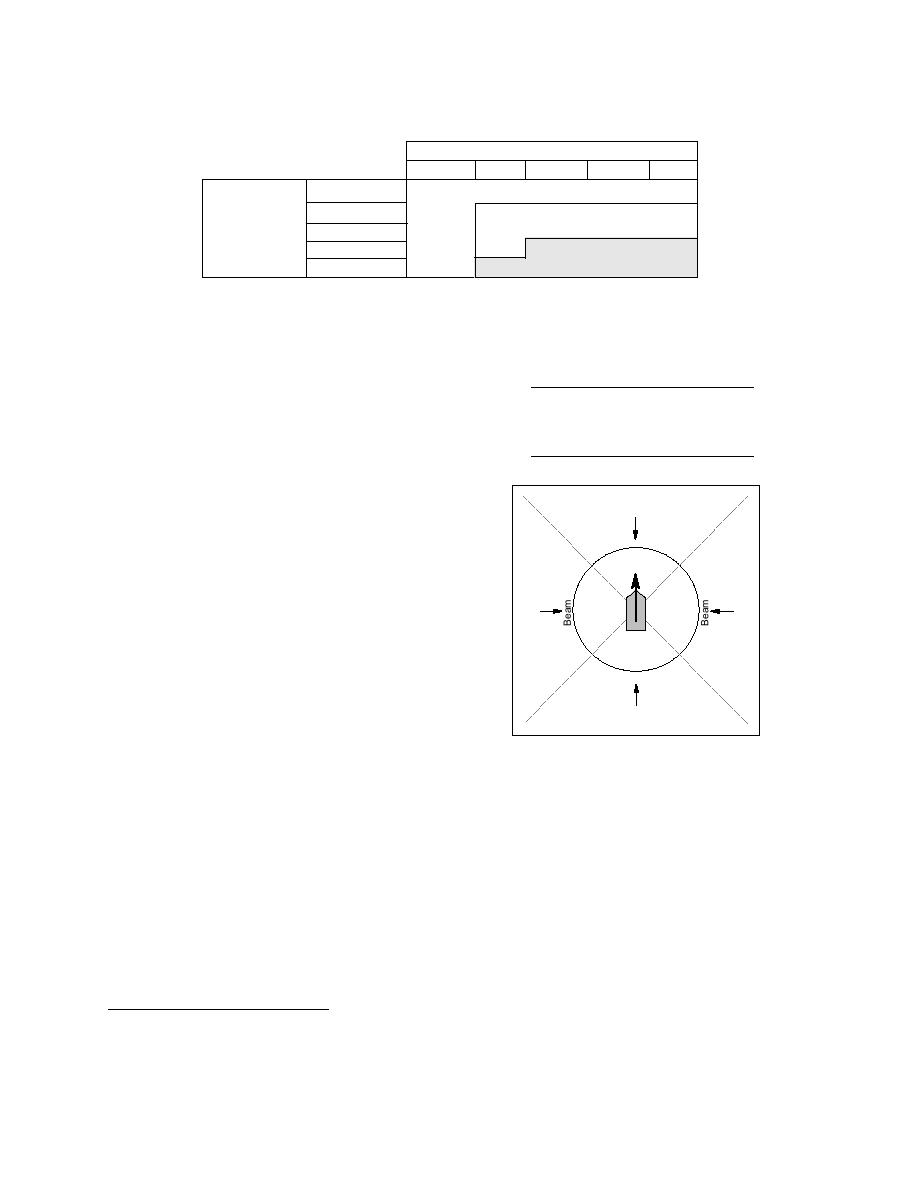
Table 11. Maneuvering factors applied to initial base speed to compensate
for deviations from a straight-line track between data points. Shaded block
marks conditions that trigger icebreaker escort.
Ice thickness (cm)
Ice free
<120
120180
180240
>240
Ice free
100
Ice
<30
0.97
concentration
3060
(%)
6080
0.95
80100
Table 12. Slowing factors applied
thickness and concentration, derived from Buzu-
to base ship speed to account for
yev and Gordienko (1976) and Brigham.* Ice-
ice pressure.
breaker support is deemed to be necessary when-
ever ice concentration exceeds 80%, or when ice
Relative ice pressure
Slowing factor
concentration is between 60% and 80% and ice
None
1.00
thickness is 120 cm or greater. We established these
Low
0.75
conditions based on our interpretation of Arikay-
Medium
0.50
nen and Chubakov (1987) and Brigham.*
High
0.00
After ship speed is initialized, it is adjusted by
two factors. The first compensates for lengthening
of the transit track due to maneuvering for easier
passage through leads and thin ice and to avoid
massive ridges and hummocks. Instead of increas-
Head
ing the distance traveled, we address the issue by
reducing the ship's speed according to the values
in Table 11.
A second factor compensates for the occurrence
of ice pressure. Ice pressure, which is character-
ized in relative terms as none, low, medium, and
high, is selected using the MC algorithm, but only
if the ice concentration is in the highest category
Following
(80100%). If the pack is exerting pressure, then
speed is slowed by applying the factor appropri-
ate to the level of pressure that is present (Table
12). Ship speed is multiplied by this factor regard-
Figure 12. Relationship between wind di-
less of the slowing factor imposed subsequently
rection, ship direction, and seas.
by snowstorms, topside icing, fog, and darkness.
In the case of high pressure, the ship and escort
Adjust speed for wind
are considered to be dead in the water, and the
and waves (steps 2 and 3)
only motion applied to ship speed is that due to
We use wave height, selected using the MC al-
wind-induced and permanent currents. Under
gorithm, in conjunction with ice concentration to
such circumstances, negative speeds will result if
determine whether conditions exist that require
the action of currents is counter to forward motion
the forward speed of the ship to be adjusted down-
of the ship. In this case, the ship locked in the ice is
ward. Table 13 shows how we adjust the speed for
drifting backward with the ice pack along the tran-
wind direction and wave height depending on the
sit track in response to the summary ocean cur-
ice concentration. This scheme was formulated on
rent.
the basis of input from Brigham.* If ice concentra-
* L.W. Brigham, former commanding officer of the U.S. Coast Guard icebreaker Polar Sea, personal communication,
1995.
30



 Previous Page
Previous Page
